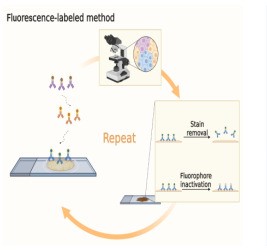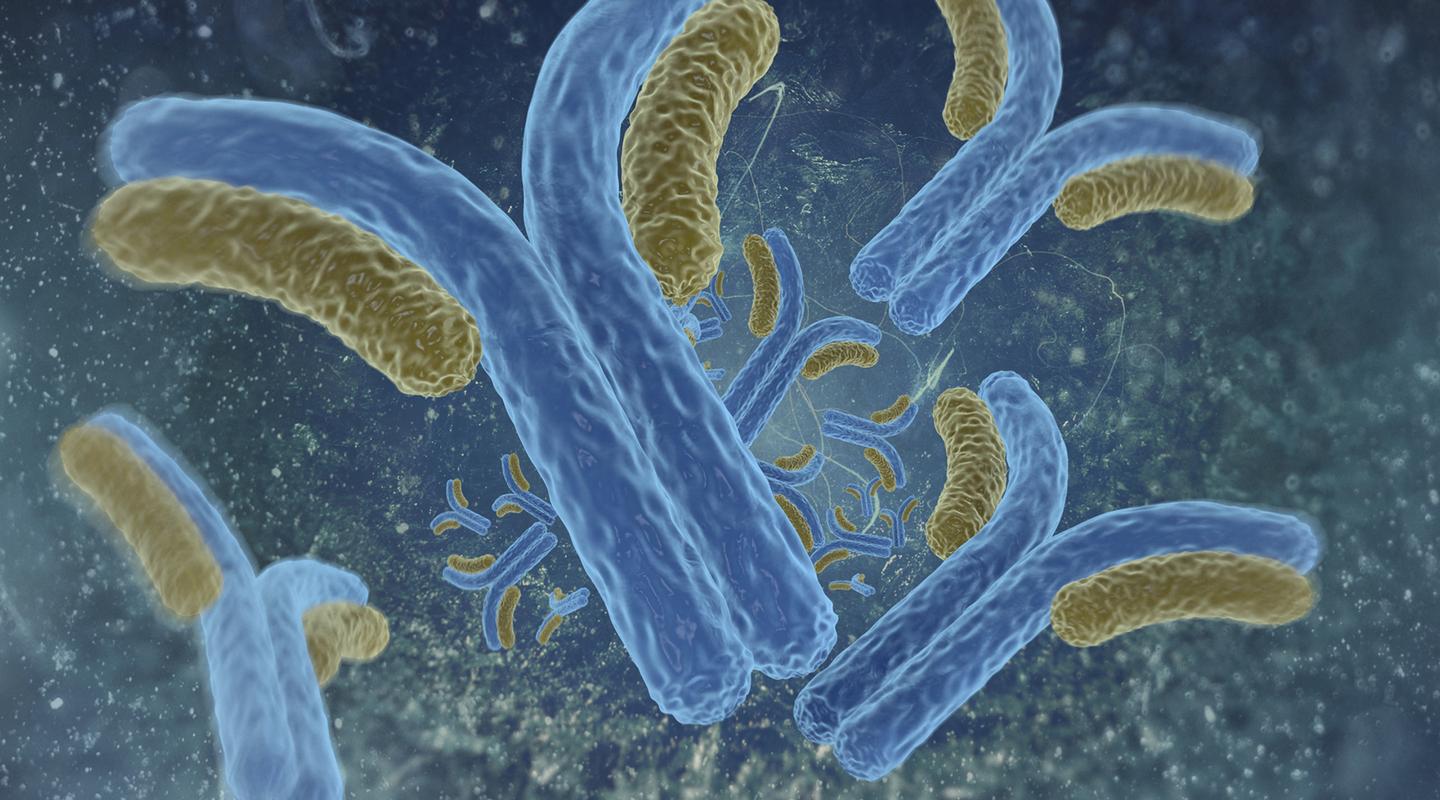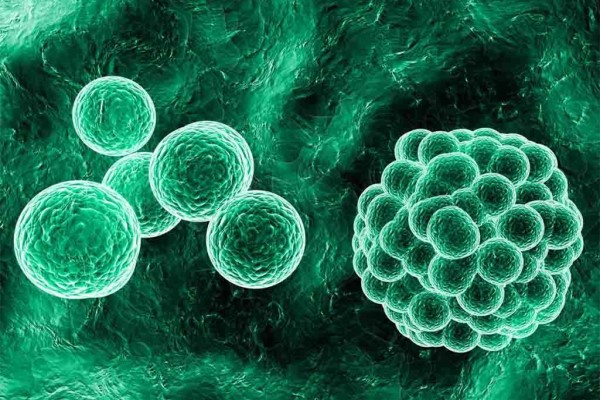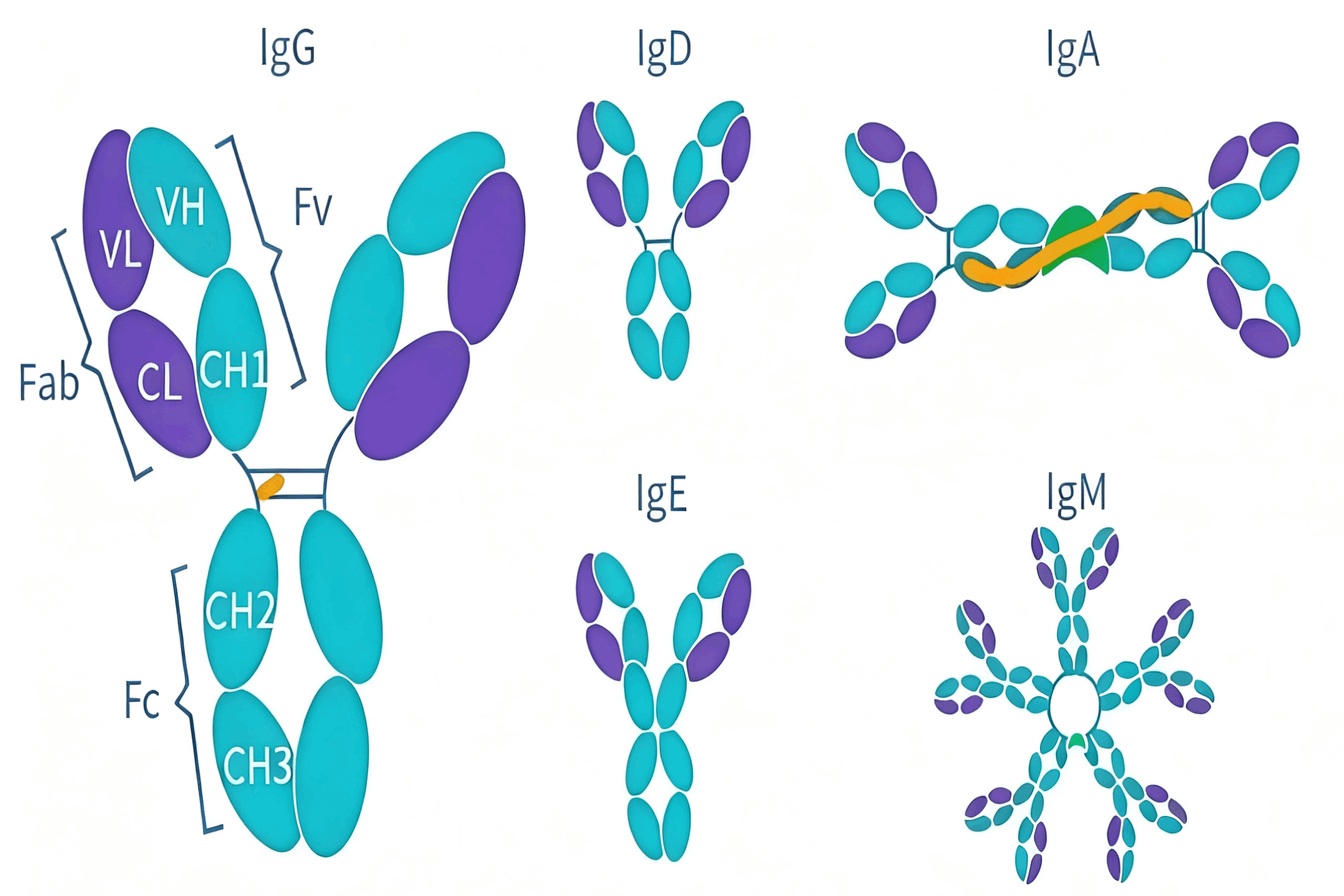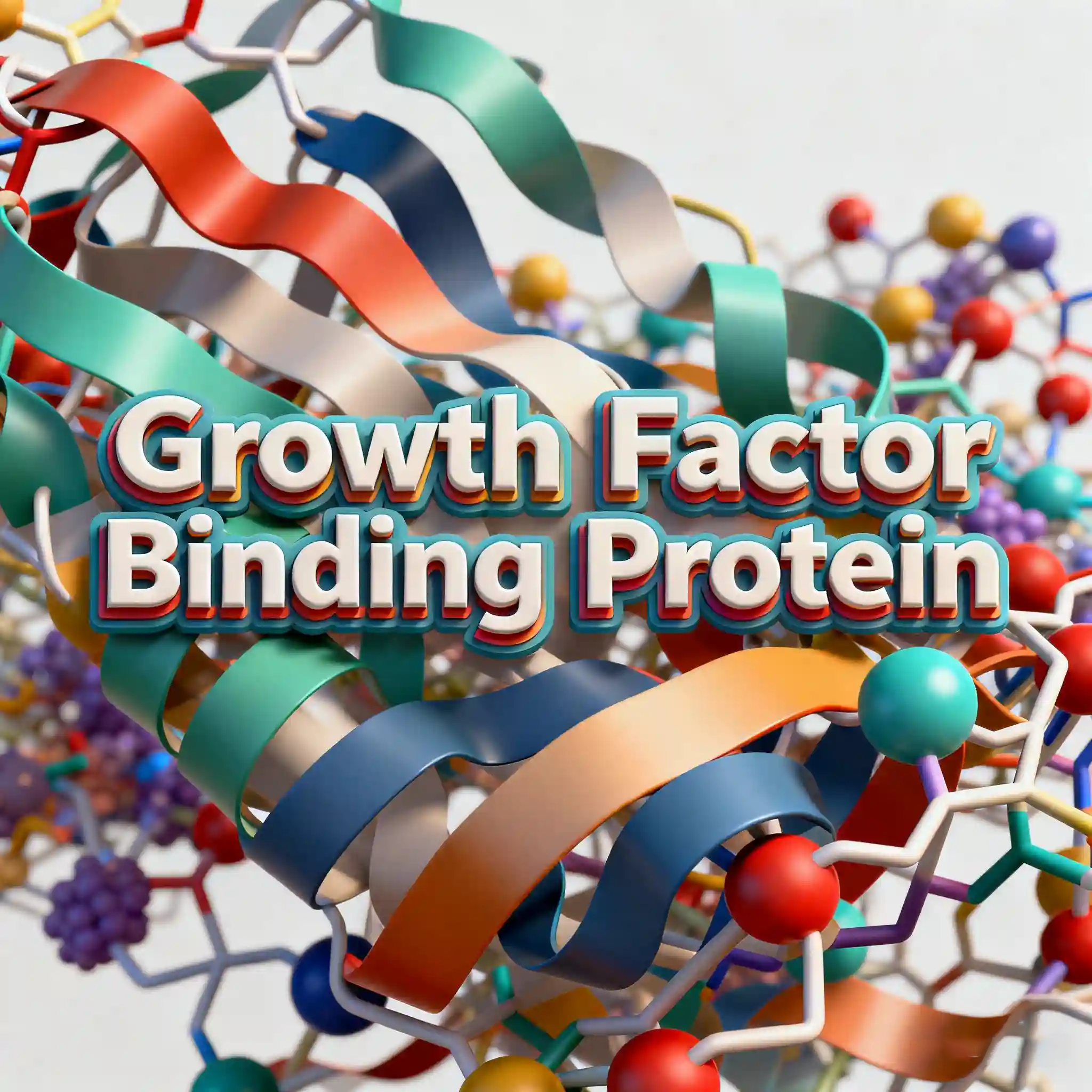A Comprehensive Guide to TSA Technology
Tyramide Signal Amplification (TSA) technology is a high-sensitivity in situ detection technique based on enzymatic catalytic reactions. Its core mechanism utilizes the highly efficient catalytic activity of horseradish peroxidase (HRP) to specifically and densely label target proteins or nucleic acid molecules in samples. As a key method to break through the sensitivity bottleneck of traditional detection technologies, TSA technology, through its unique signal amplification effect, can significantly enhance the intensity of target-related fluorescent signals in multiple core application scenarios such as immunocytochemistry (ICC), immunohistochemistry (IHC), and in situ hybridization (FISH). Compared with traditional detection methods, this technology can effectively capture low-abundance targets — including functionally expressed proteins, rare cell surface markers, low-copy nucleic acid fragments, and other target molecules that are difficult to detect with traditional methods, providing more precise and comprehensive detection solutions for life science research and clinical diagnosis, widely applicable to various sample types such as paraffin sections, frozen tissues, cell samples, and organoids.


